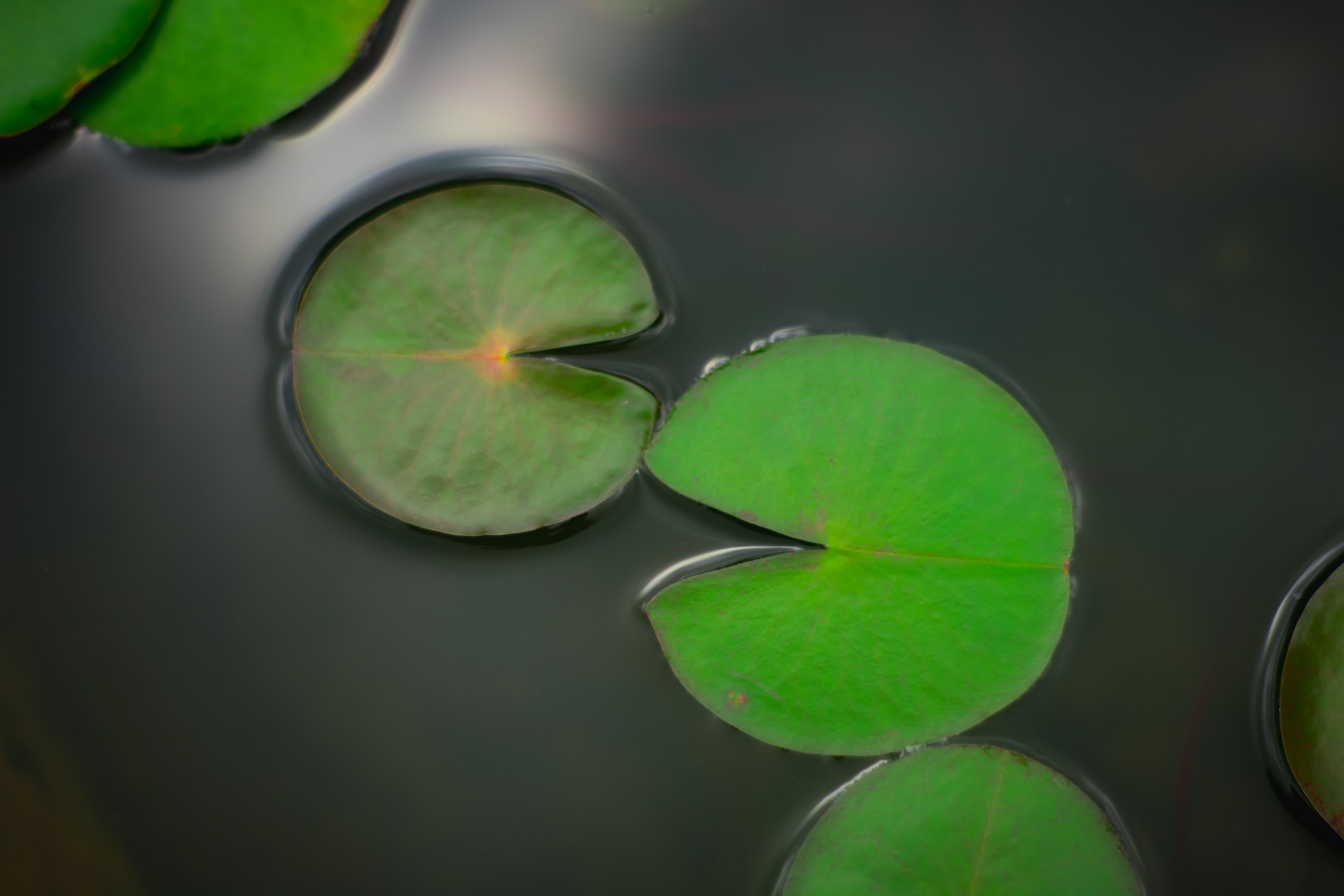Creating a sublime aquatic sanctuary is more than just about aesthetics. It’s also about cultivating an ideal environment for aquatic wildlife. The right pond plants not only contribute to the visual appeal of the water feature but also provide food, shelter and breeding habitats for a variety of wildlife. Here are the top five essential pond plants each with their unique benefits.
Water Lilies (Nymphaea)
With their iconic, floating pads and vibrant blooms that rest gently on the water’s surface, Water Lilies provide an exquisite sight. Equally, they provide excellent shade and protection for fish and frogs against predators. These plants also act as a crucial breeding ground for insects and amphibians.
There are various types of Water Lilies suitable for different climates, from the tropical night blooming varieties to the hardy ones that can withstand cooler temperatures. When planting, they are usually best placed in a pot and then carefully lowered into the pond. These plants are perennials and require minimal care, making them perfect for any pond enthusiast.
Duckweed (Lemna Minor)
Duckweed, with its tiny, vibrant green leaves, serves as an important source of sustenance for ducks, tadpoles, and even some fish species. Its rapid and abundant growth provides a continuous food source, promoting a balanced ecosystem.
However, Duckweed has a tendency to quickly overrun a pond if not kept in check. While it is beneficial, it requires regular management to prevent it from covering the entire surface of the water, which could block sunlight and affect the growth of other aquatic plants and wildlife.
Lotus (Nelumbo)
Epitomizing beauty and tranquility, the Lotus is not just a visual treat but also a lifeline for various aquatic animals. Their large, elegant leaves provide ample shade and shelter for pond inhabitants while their seed pods and parts offer rich food resources.
Beyond this, the vast array of Lotus color options add an aesthetic flavor to your water garden. They thrive best when planted in a heavy loam soil, fully submerged in the sunniest part of the pond, ensuring they get ample sunlight.
Pickerel Weed (Pontederia cordata)
Pickerel Weed, with its bright green heart-shaped leaves and striking blue-purple flower spikes, serves as a critical habitat for frogs and insects. It also beautifies the pond’s edge while providing protective cover for fish.
To maintain its lush outlook, Pickerel Weed enjoys wet soil and shallow water depth. Regular watering and placing it in areas with partial sunlight will revitalize your pond and create a welcoming haven for wildlife.
Hornwort (Ceratophyllum)
Last but certainly not least on our list is Hornwort. Known for its feathery, fern-like structure, Hornwort is a haven for small insects and creatures. Its rootless, free-floating nature also provides excellent shelter and spawning grounds for fish.
Beyond wildlife support, Hornwort is an excellent oxygenator, helping to improve water quality and thus contributing to a healthier ecosystem. For an optimal growth, it’s advisable to plant Hornwort in areas with ample sunlight, although it can also tolerate shady locations.
In conclusion, these five pond plants each play dynamic roles in supporting aquatic wildlife and enhancing the health of your water garden. Don’t forget the importance of creating a diverse and balanced ecosystem in your pond. By including a mix of floating, emergent, and submerged plants, you pave the way for a thriving aquatic community.

